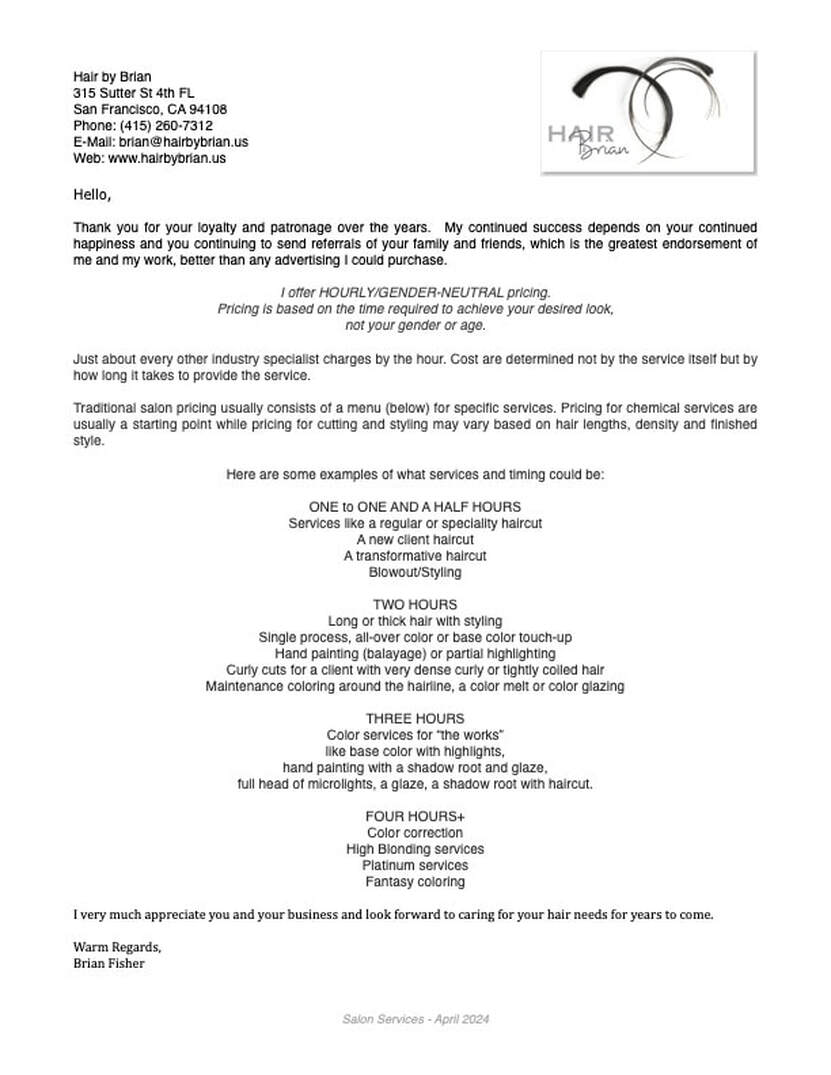|
5/15/2024 I got a hair transplant in Istanbul...I got a hair transplant in Istanbul, a sanctuary for balding men. It pulled me out of a dark place. It was a scorching August day in 2022 and I was lounging at the pool of the Mercedes Club, my fitness center in midtown Manhattan. I had invited one of my best friends Bennett to spend the day with me.
When he walked onto the pool deck and took off his hat, I nearly passed out. A year ago, he was essentially a bald headed man. But today — about eight months after he took a trip to Turkey — he had a fully restored hairline. Happiness. Jealousy. Shock. Intrigue. Fear. I was flooded with emotions. Bennett, who's three years older than me and was a bit further along in the balding process, had been my hair loss mentor. But now, he was one of the growing number of men who traveled 5,000 miles to Istanbul, the global capital for hair transplant surgery. According to the Turkish Health Tourism Association, about one million people traveled to Turkey for a hair transplant in 2022, spending about $2 billion. Balding has become huge global business in the past two decades. It's projected to be worth over $11 billion by the end of 2024. So far, no matter how many new, promising pills and treatments hit the market, none have made the transplant redundant. If anything, it's booming, and Turkey has built a reputation as the go-to destination. Looking at Bennett's luscious hair poolside was the first moment I seriously considered joining the ranks of the millions of men who have traveled to what's become known as "Hairstanbul." 5/11/2024 Today’s Man Wants It AllThe men’s grooming category is growing at a healthy clip as guys strive to look their best with the latest hairstyling accessories. “Men have become more invested in styling and care routines with an eagerness to learn which products are best for their specific hair type, texture and desired result— and most importantly, how to use them effectively,” he explained. “With the rise of social media, men have greater access to grooming inspiration and education, from their favorite celebrities to their local barber.
“There has also been a shift towards more relaxed and casual grooming and styling trends, reflecting changes in work environments and lifestyle preferences,” Garcia added. “We’ve seen an enormous explosion in the men’s grooming category during the past 10 years,” concurred Laurence Hegart, co-founder of Reuzel, a men’s grooming line. “There’s been a huge increase in the number of barbershops, and hair salons that have dedicated male grooming areas.” Sam Lewkowict, co-founder of Black Wolf Nation, told Happi, men have just entered one of the most competitive dating landscapes in human history. “You’re not just competing with your peers for women, you are now competing with the world— men will need to step up how they look and smell,” he observed. “It’s not necessarily a good thing for our society, but online dating and the increased time spend on those platforms have made products like our more necessary.” 2/23/2024 The 5 Best AI Hairstyle Apps for MenGet a virtual hairstyle consultation with the help of these 5 AI hairstyle tools.  Choosing the perfect hairstyle can be challenging. You spend countless hours scrolling through photos, looking for inspiration, yet feel overwhelmed with your options. This is where technology comes in handy. And with AI enabling a lot of technological advancements, it is no wonder it’s being used to power websites and applications that help men explore different hairstyles. An Al hairstyle app can help determine the best options based on your features. These apps use advanced algorithms and 3D modelling to detect your facial features, hair texture, and more to provide personalized recommendations that are most likely to complement you. Nowadays, you can preview potential looks on your own face with the click of a button. It’s as easy as uploading a selfie and waiting for the results. Here are some of our top picks: 2/3/2024 The Gory History of Barber SurgeonsWhy surgery and barbering were one occupation in the Middle Ages Beginning around the 12th century CE, the professions of barber and surgeon were combined into a single occupation throughout much of Europe. And, as this animation from TED-Ed explores, while being on the receiving end of a medical procedure performed by one of these ‘barber-surgeons’ was certainly an unideal place to find oneself, this class of generalists did make notable contributions to the medical field. This slice-of-history video tracks the profession’s rise within monasteries to its dissolution in the 18th century as surgery became more specialized, and how the red-and-white barber pole is a symbol of the barber-surgeon’s legacy. |
Hair by BrianMy name is Brian and I help people confidently take on the world. CategoriesAll Advice Announcement Awards Balayage Barbering Beach Waves Beauty News Book Now Brazilian Treatment Clients Cool Facts COVID 19 Health COVID 19 Update Curlies EGift Card Films Follically Challenged Gossip Grooming Hair Care Haircolor Haircut Hair Facts Hair History Hair Loss Hair Styling Hair Tips Hair Tools Health Health And Safety Healthy Hair Highlights Holidays Humor Mens Hair Men's Long Hair Newsletter Ombre Policies Procedures Press Release Previous Blog Privacy Policy Product Knowledge Product Reviews Promotions Read Your Labels Recommendations Reviews Scalp Health Science Services Smoothing Treatments Social Media Summer Hair Tips Textured Hair Thinning Hair Travel Tips Trending Wellness Womens Hair Archives
June 2025
|
|
Hey...
Your Mom Called! Book today! |
Sunday: 11am-5pm
Monday: 11am-6pm Tuesday: 10am - 6pm Wednesday: 10am - 6pm Thursday: By Appointment Friday: By Appointment Saturday: By Appointment |



 RSS Feed
RSS Feed